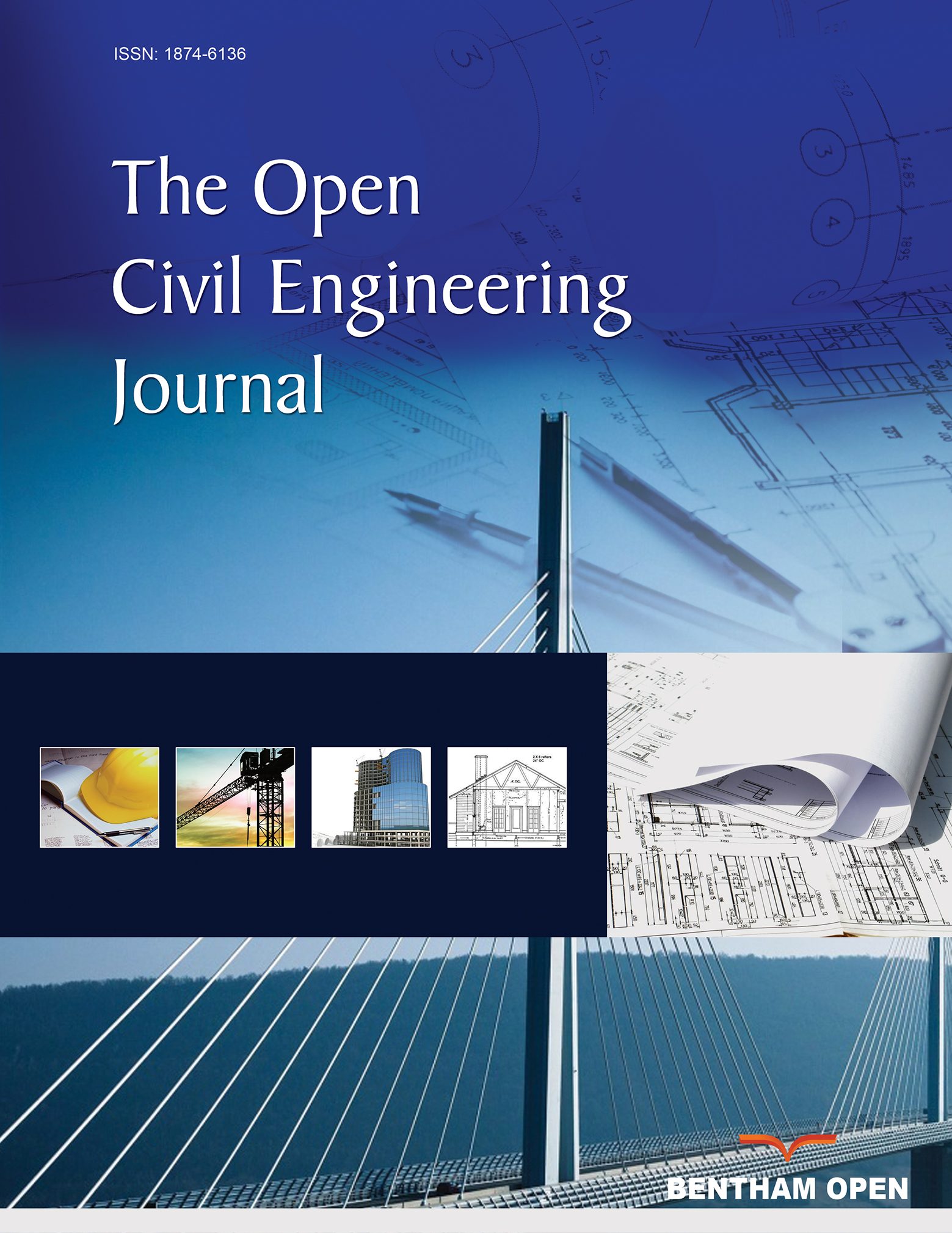All published articles of this journal are available on ScienceDirect.
Excess Pore Water Pressure Ratio Comparison from Empirical and Numerical Methods to Determine Liquefaction Potential in Palu, Central Sulawesi, Indonesia
Abstract
Background
Palu is a city in Central Sulawesi Province with a very high level of seismic activity. The seismicity in Central Sulawesi is associated with the active movement of the Palu Koro fault. One of the most severe events occurred on September 28, 2018, which triggered liquefaction and a tsunami. This is also related to the lithology of Palu, which consists of alluvial deposits predominantly made up of sand.
Objective
This study compares excess pore water pressure values analyzed empirically and numerically to identify liquefaction potential. It aims to provide additional perspectives for engineers in designing buildings around the study area that are resistant to liquefaction.
Methods
Excess pore water pressure was analyzed using empirical and numerical methods to determine liquefaction potential. The empirical method used the equation by Yegian and Vitteli (1981), while the numerical method involved finite element analysis using the Plaxis 2D application and nonlinear analysis using DEEPSOIL v7.
Results
The results from the three methods of analyzing excess pore water pressure to determine liquefaction potential at the four borehole points showed differences. For the empirical method, using the equation by Yegian and Vitelli (1981), the results indicated that the layers with a pore pressure ratio (ru>0.8) were deeper than the finite element and non-linear methods.
Conclusion
The differences in methods result in varying outcomes in analyzing excess pore water pressure to identify liquefaction potential. The empirical method uses the peak value of Peak Ground Acceleration (PGA) to evaluate the entire soil profile, leading to a more generalized assessment. In contrast, the non-linear and finite element methods consider each layer's behavior under the applied seismic load, providing more detailed and similar results.


